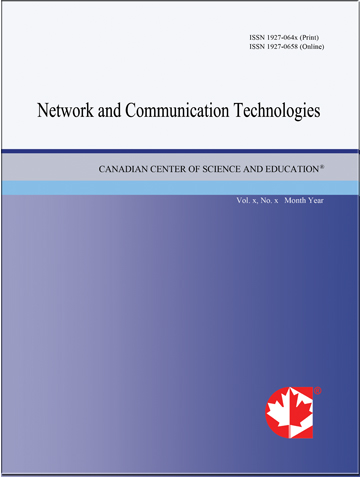Propagation Models for GSM 900 and 1800 MHz for Port Harcourt and Enugu, Nigeria
- Julie Ogbulezie
- M. U. Onuu
- J. O. Ushie
- B. E. Usibe
Abstract
For the cellular networks to effectively cover a terrain or environment, accurate prediction of the coverage of the radio frequency signal is highly needed. Wave propagation models are essential and very important tools for determining the wave propagation characteristics for a particular environment. Path loss predictions are therefore required for the coverage planning, determination of multipath effects as well as interference and cell calculations. These calculations lead to high level network planning. Drive test measurements were taken along certain routes in Port Harcourt and Enugu, cities in Nigeria. These measurements were compared with calculated values from Okumura- Hata and COST231 Hata models. The average path loss values for the routes ranged from 135.01 db to 138.48 dB at 900 MHz, 142.26 db to 147.30 db at 1800 MHz. The standard deviations varied from 2.71 db to 15.94 db for the Okumura Hata model at 900 MHz whereas for the COST231 Hata model it was from 1.91 db to 15.04 db. Similarly, the mean square errors (µe) ranged from 0.8 db to 5.04 db for Okumura Hata at 900 MHz. For COST 231 Hata at this frequency, it was from 0.6 db to 4.76 db. This agrees with the acceptable International range. The acceptable range lies between 1? µ ? 15 db (Wu & Yuan 1998). The mean square error at 1800 MHz varied from 0.11 db to 5.40 db.- Full Text:
 PDF
PDF
- DOI:10.5539/nct.v2n2p1
Journal Metrics
(The data was calculated based on Google Scholar Citations)
1. Google-based Impact Factor (2021): 0.35
2. h-index (December 2021): 11
3. i10-index (December 2021): 11
4. h5-index (December 2021): N/A
5. h5-median (December 2021): N/A
Index
Contact
- Bruce LeeEditorial Assistant
- nct@ccsenet.org
